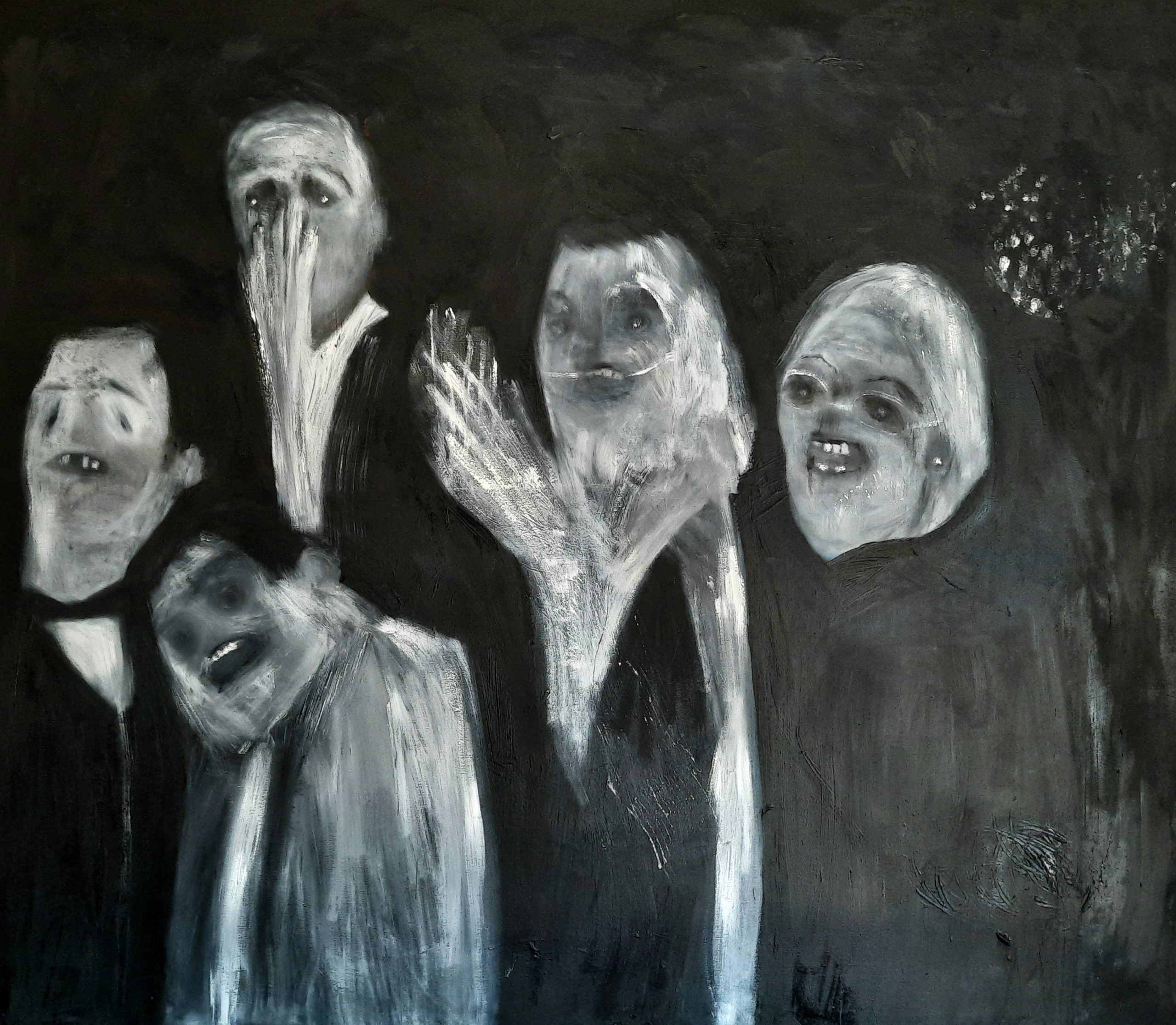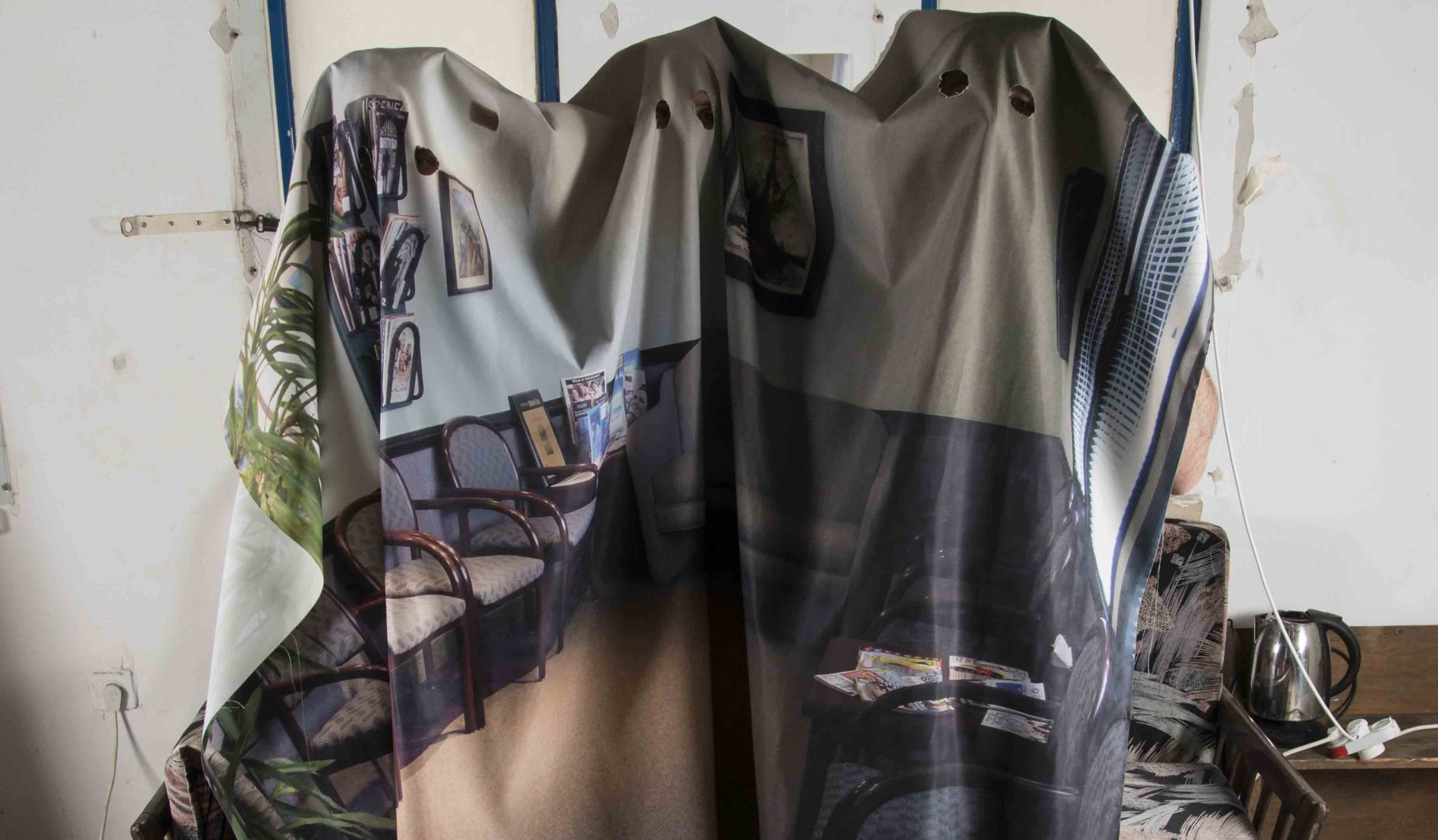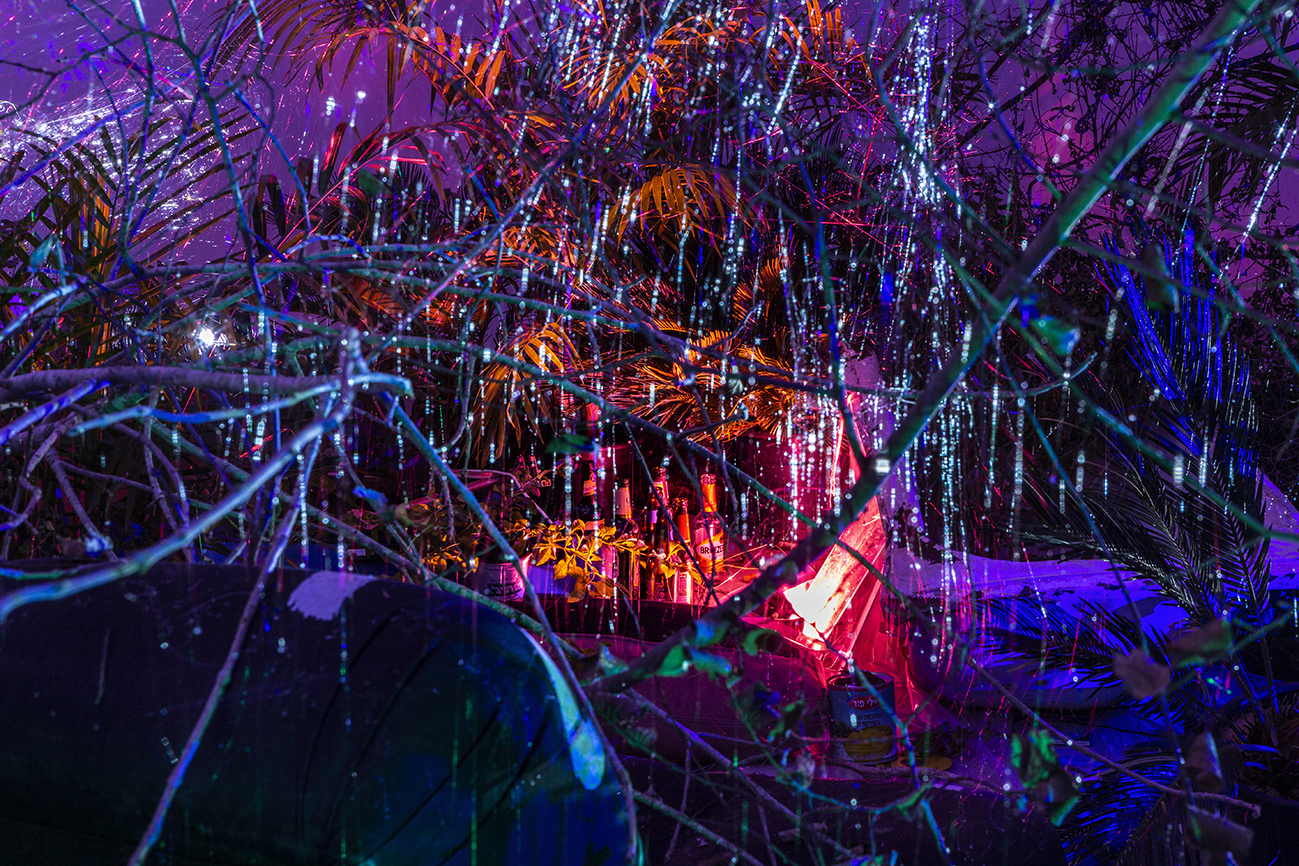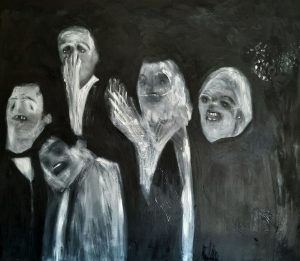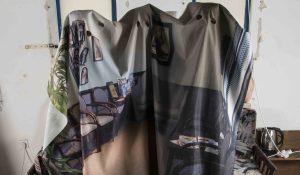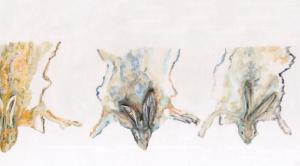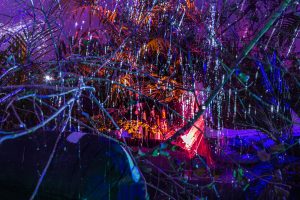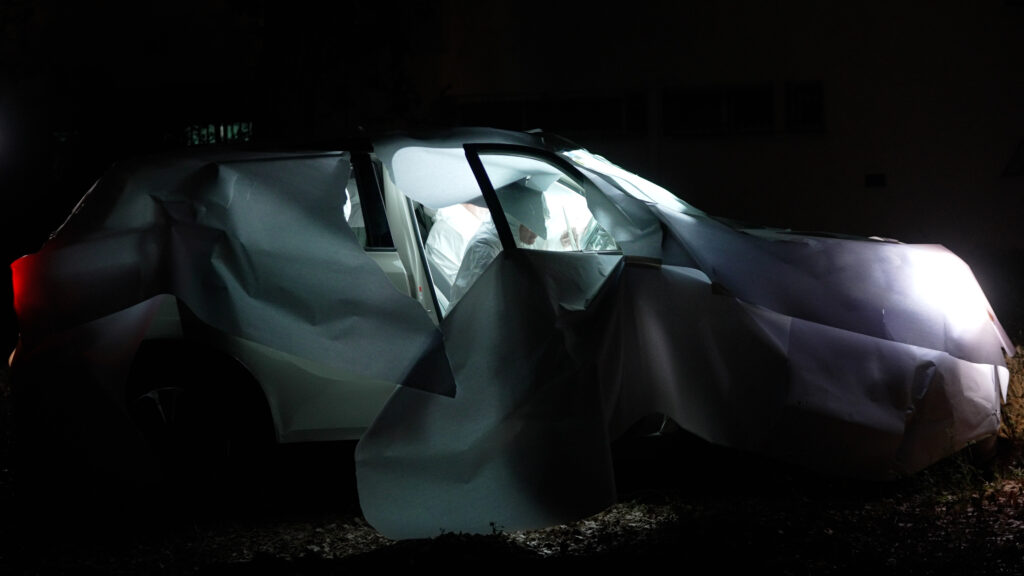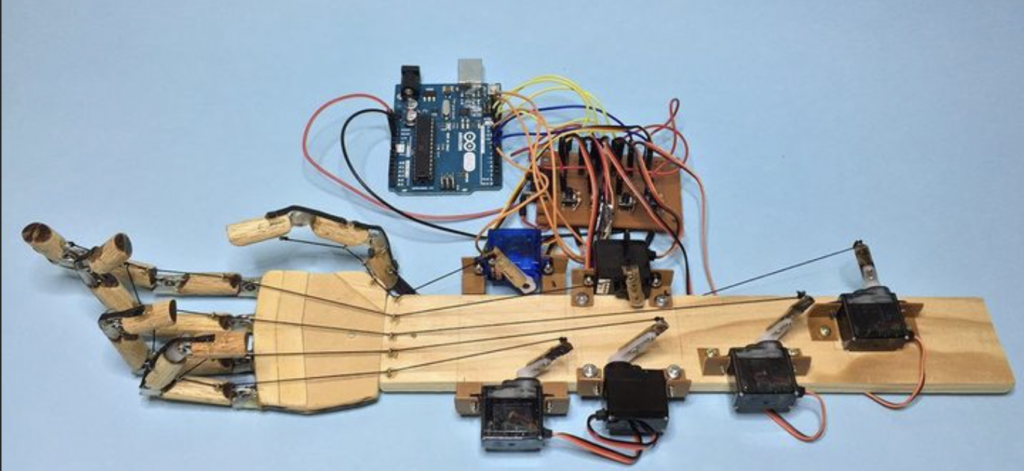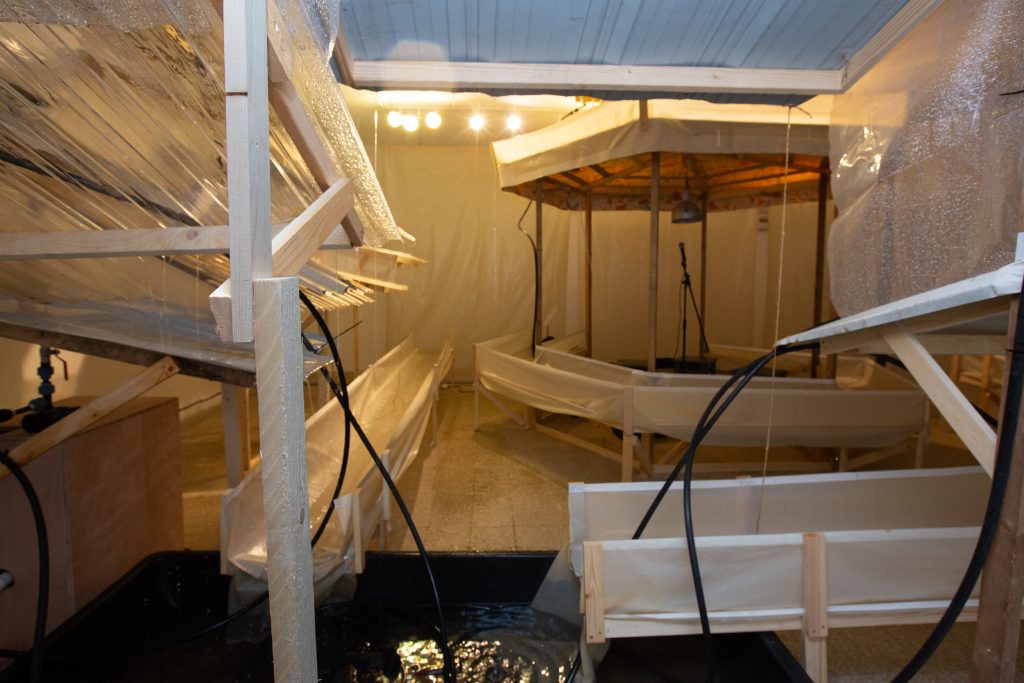After Life
- Duration of Activity: 29/10/2022 - 28/01/2023
The exhibition After life was opened as part of the Uri Katzenstein event, a multidisciplinary art event in the spirit of the artist Uri Katzenstein, which is taking place for the second year.
This year’s exhibition concerns the concept of After Life. An expression that refers to the continuity that exists beyond our physical and mental world. This is an idea with ancient foundations that developed out of the human struggle with the question of the end and the disintegration of the body. How can we think today about the continuity of the self for future generations? What is reincarnated or re-created after the end? How do we imagine an intermediate area after the end? And how does a continuing community generate life and ideas?
Artists:
Uri Katzenstein, Alona Rodeh, Galia Ofri, Gilad Ratman, Yoel Peled, Yasmin Vardi, Yael Frank, Lahli Friling, Maya Donitz with David LeMoen, Danny Meir and Hagai Pershtman, Omer Even Paz, Inbar Hagai, Roni Binder, Roi Harari, Tama Goren
